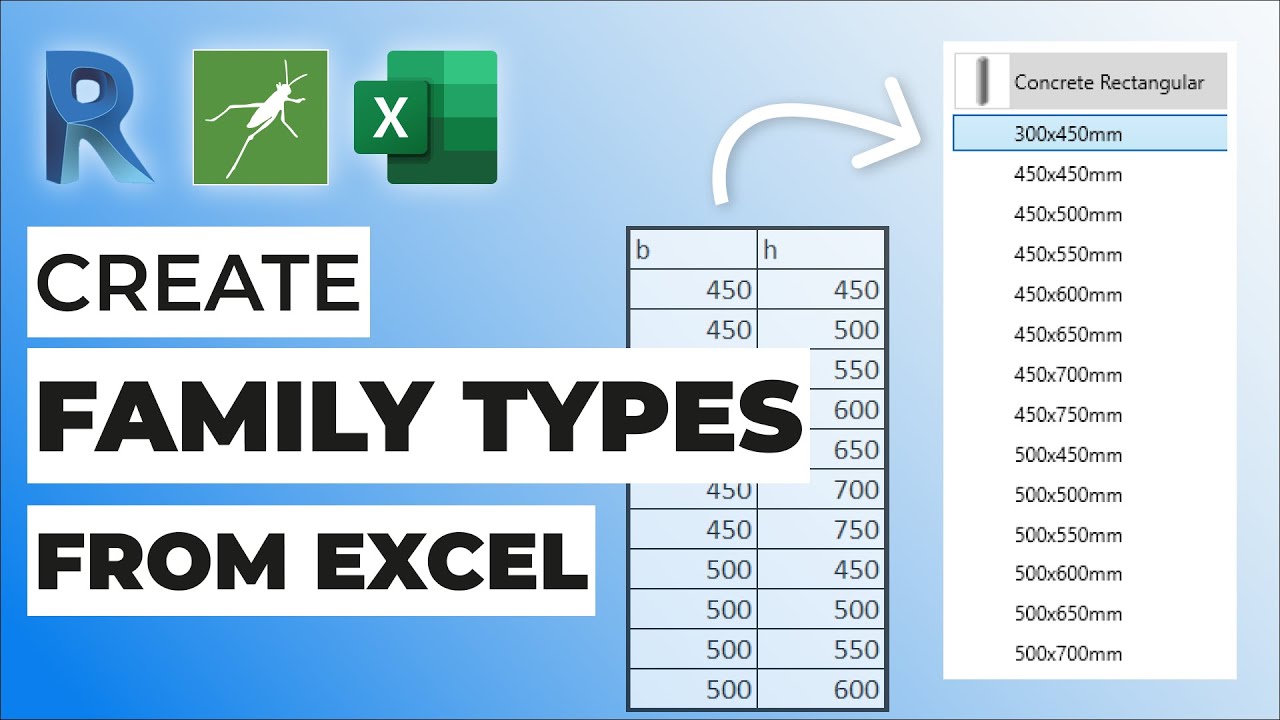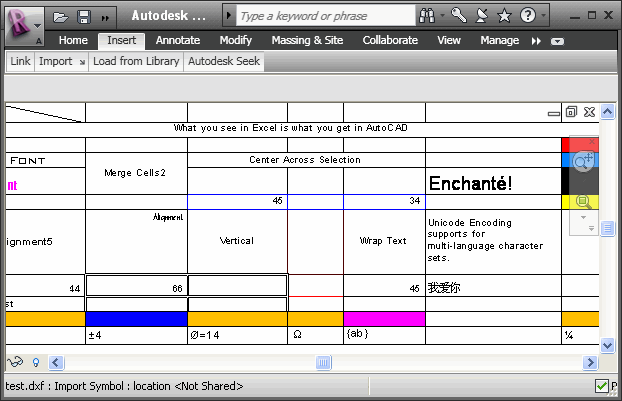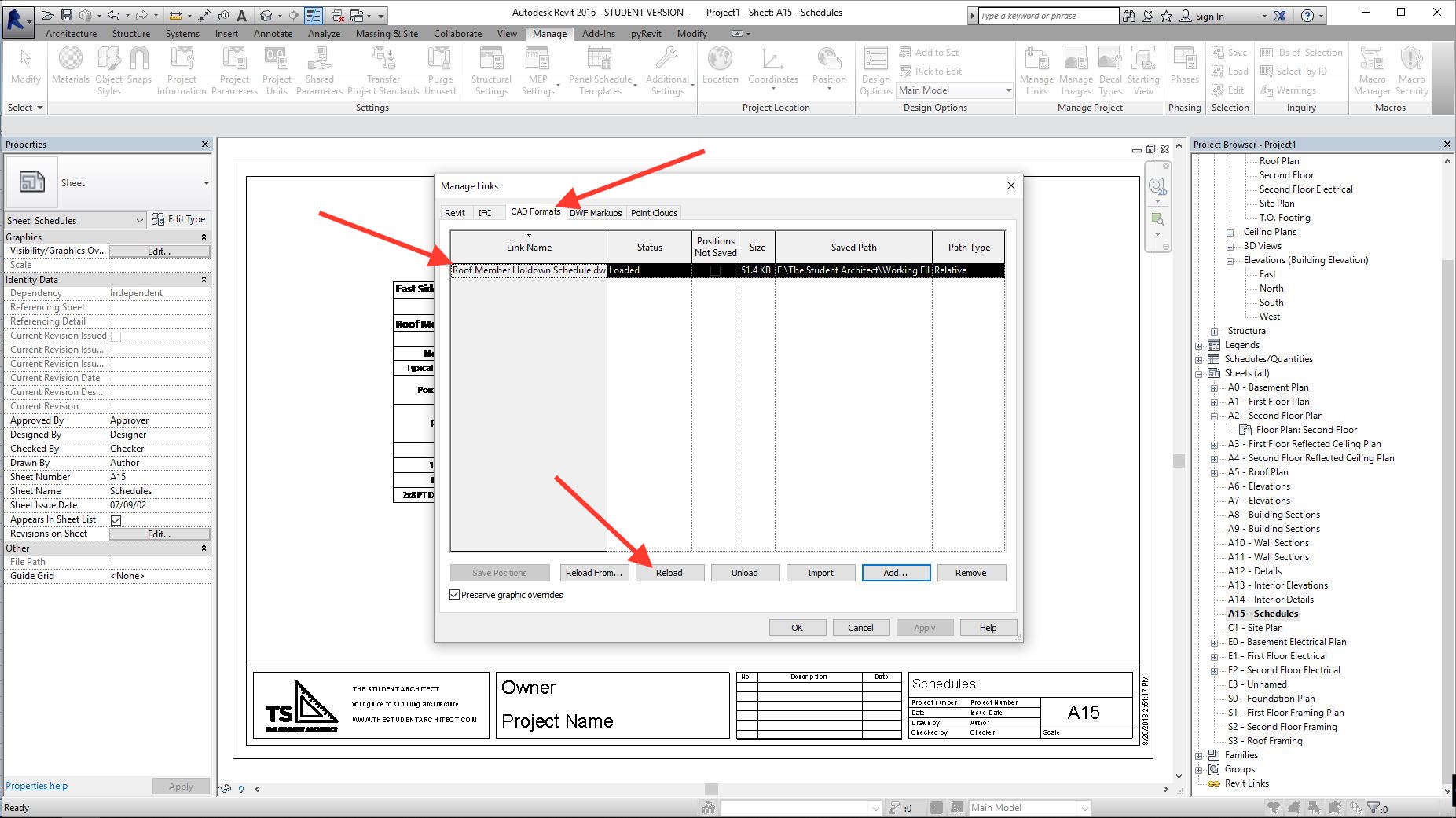Elevate Your Revit Experience with Crucial Revit Tools and Add Ins
Wiki Article
Revit Excel Integration Demystified: Enhancing Workflows for Improved Project Control
Are you tired of battling with inefficient project sychronisation and taxing workflows? Look no further, since Revit Excel Assimilation is here to demystify the procedure and simplify your projects. With this powerful tool, you can improve task coordination and eliminate the headache of hand-operated data entry. In this post, we will guide you with the relevance of Revit Excel Integration, show you exactly how to enhance operations, and offer ideal techniques for effective assimilation. Prepare yourself to transform your job sychronisation easily.The Significance of Revit Excel Integration
You require to recognize the relevance of Revit Excel combination to properly streamline your process and boost task coordination. The assimilation of Revit, a powerful building info modeling (BIM) software program, with Excel, an extensively used spreadsheet program, supplies countless benefits for engineers, designers, and building and construction professionals.

By integrating Revit with Excel, you can eliminate manual data entrance and lower the threat of mistakes. This not just conserves time yet also ensures accuracy in your project paperwork. You can update data in Excel, and it will automatically update in Revit, maintaining consistency throughout your task.
Furthermore, Revit Excel integration improves job sychronisation by making it possible for efficient partnership among team members. With information integrated in between Revit and Excel, every person can access one of the most up-to-date information and interact effortlessly. This advertises smoother communication, reduces conflicts, and improves overall task performance.
Exactly How to Enhance Workflows With Revit Excel Combination
Optimize your procedure by effortlessly linking Revit and Excel to streamline your operations. By incorporating these two effective tools, you can enhance task sychronisation and improve performance in your work. With Revit Excel integration, you can conveniently transfer data in between the two systems, permitting seamless interaction and partnership.

An additional advantage of Revit Excel assimilation is the ability to produce custom records and assess data better. With Excel's durable features, you can do advanced computations, develop graphes and graphs, and generate thorough reports based on the data from your Revit versions. This permits you to acquire useful understandings and make notified choices throughout the project.
Enhancing Project Sychronisation With Revit Excel Assimilation
By seamlessly connecting your style software with powerful information evaluation devices, you can greatly enhance the coordination of your jobs. Revit Excel combination enables you to simplify your workflows and improve task sychronisation by getting rid of hands-on information entrance and minimizing mistakes. With this combination, you can quickly move data between Revit and Excel, guaranteeing that all job info is up to date and accurate.One of the essential benefits of Revit Excel integration is the ability to import and export data in between both click reference software program flawlessly. This suggests that you can quickly import existing task data from Excel into Revit, saving you effort and time in re-entering information. You can export task information from Revit to Excel, enabling you to carry out advanced evaluation and computations utilizing the powerful attributes of Excel.
In Addition, Revit Excel combination enables you to develop vibrant links in between the 2 software program (revit add ins). This suggests that any kind of modifications made in Revit will automatically upgrade in Excel, and vice versa. This makes certain that all project stakeholders are working with one of the most up-to-date details, enhancing project sychronisation and decreasing the threat of errors
Overcoming Obstacles in Revit Excel Assimilation
When conquering obstacles in the integration of Revit and Excel, it's vital to ensure smooth information transfer and minimize errors. One usual challenge is the compatibility of data styles in between Revit and Excel.One more difficulty is the lack of synchronization in between Revit and Excel. It's important to establish a clear process that makes certain both systems are updated in real-time. This can be achieved by utilizing cloud-based partnership devices or developing a system for regular data syncing.
Taking care of huge datasets can additionally be bothersome. When it comes to managing big quantities of information, revit and Excel have various capacities. To conquer this obstacle, you can divide the information right into smaller, manageable chunks or use data filtering techniques to concentrate on certain locations of rate of interest.
Finally, human error can cause inconsistencies between Revit and Excel data. It is necessary to train employee on the integration process and develop quality assurance actions to capture any type of errors. Regular audits and cross-checks can help recognize and fix any kind of incongruities.
Ideal Practices for Effective Revit Excel Combination
To guarantee successful assimilation of Revit and Excel, it's crucial to comply with some best practices that will certainly assist improve your workflow and decrease mistakes. Always begin by developing a clear and well organized folder structure for your job files. This will certainly make it easier to locate and update the essential data when needed. In addition, when connecting Excel information into Revit, make certain that the information is clean and cost-free from any kind of formatting concerns that might create errors. Usage consistent calling conventions for your Excel worksheets and columns to stay clear of confusion.Another essential technique is to on a regular basis update your Excel data in Revit. This can be quickly attained by establishing a clear process for updating the connected information. Make it a habit to evaluate and update the data at routine periods, specifically when changes are made to the project. This will help maintain your information exact and up to day.

Conclusion
So, there you have it - this article revit Excel assimilation does not need to be a challenging task. By enhancing your workflows with this powerful combination, you can enhance project coordination and attain better effectiveness. Keep in mind to conquer any type of challenges that may arise and follow ideal techniques more info here for effective combination. With revit Excel integration debunked, you'll be well on your way to making the most of the potential of these devices and taking your jobs to new elevations.You can export your Revit timetables to Excel, make adjustments or updates in Excel, and then import the upgraded information back into Revit with just a few clicks. Revit Excel integration enables you to simplify your workflows and boost job coordination by removing hands-on information entrance and reducing mistakes. With this integration, you can conveniently transfer information between Revit and Excel, ensuring that all task information is up to day and accurate.
You can export task data from Revit to Excel, enabling you to perform innovative analysis and computations making use of the powerful attributes of Excel.
In addition, when connecting Excel data right into Revit, ensure that the information is free and clean from any kind of formatting problems that could create errors.
Report this wiki page